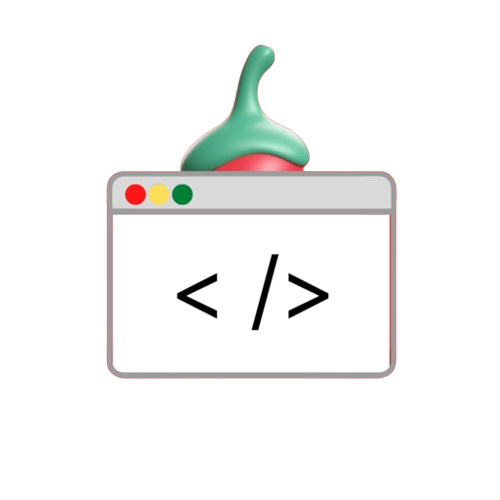Building an ecommerce website is a great way to dive into web development, and using Django, one of Python‘s powerful frameworks, makes the process scalable and efficient. In this project guide We’ll explain how to build an ecommerce platform using Django and SQLite.
Why Django for E-commerce?
Django is a high-level Python web framework that encourages rapid development and clean, pragmatic design. It’s widely used because of its robust built-in features like user authentication, admin panel, and an ORM for database management. When building an e-commerce platform, Django provides the essential tools needed to manage products, customers, orders, and payments efficiently.
Key Technologies and Skills Required
Before you start You should familiarize yourself with the following.
- Python: The programming language used to write Django applications.
- Django Framework: A Python-based web framework that makes development easier.
- SQLite: A lightweight file-based database included with Django for development.
Project Scope: Features of Our E-commerce Website
In this project We will use many features that are common to ecommerce websites:
- Product display: Customers can view available products and browse by category.
- Shopping Cart: Users can add products to the shopping cart, update the quantity, and delete products.
- Payment of order: Customers can review their order and complete the purchase process.
- Admin interface: Site administrators can manage the product. Including adding, updating, or deleting items. These features are the basics of any typical ecommerce store with lots of room for future growth.
Step-by-Step Implementation
1. Setting Up the Django Project
Start by installing Django in your virtual environment:
python -m pip install djangoOnce Django is installed, create a new Django project:
django-admin startproject ecommerce_siteGo to the project folder and run the Django server:
python manage.py runserverYou can now access your website by going to localhost:8000 on your website.
2. Building the E-commerce Models
Next, we’ll create models for the Customer, Product, and Order categories. These models represent the tables in your database and handle everything from storing user data to tracking orders from customers.
Here’s an example of how to define the Category model:
from django.db import models
class Category(models.Model):
name = models.CharField(max_length=50)
@staticmethod
def get_all_categories():
return Category.objects.all()
def __str__(self):
return self.name
This model stores product categories. It allows customers to filter products on the front end.
3. Product and Cart Management
For products We’ll create a product model with product name, price, category, description, and image fields. Users can add products to their cart, update quantities, or delete products before checking out.
class Product(models.Model):
name = models.CharField(max_length=60)
price = models.IntegerField(default=0)
category = models.ForeignKey(Category, on_delete=models.CASCADE)
description = models.CharField(max_length=250, blank=True)
image = models.ImageField(upload_to='uploads/products/')4. User Authentication and Checkout
Django makes user authentication easier. which we can use to create accounts and login customers before placing orders You will also use an ordering system where logged in users can complete purchases and provide shipping details.
5. Admin Interface
Django’s admin panel is automatically created when you generate a Django project, giving site administrators an easy way to manage products, categories, and customer orders without writing custom code.
Enhancing Your E-commerce Website
Once you’ve created a basic ecommerce website, You can improve in several ways:
- Payment Gateway Integration: Add a physical payment gateway like Stripe or PayPal.
- User Reviews: Allows customers to rate products by leaving reviews.
- Advanced search and filtering: Use the search function to help users find products more easily.
Final Thoughts
Building an ecommerce website using Django is a rewarding project that teaches various website development concepts. With Django’s powerful tools, you can create a scalable and secure online store with room for future expansion.
This project is just the beginning of your web development journey. If you’re ready to take the next step Consider adding features like payment processing. User reviews or connecting to external APIs to improve your platform.

